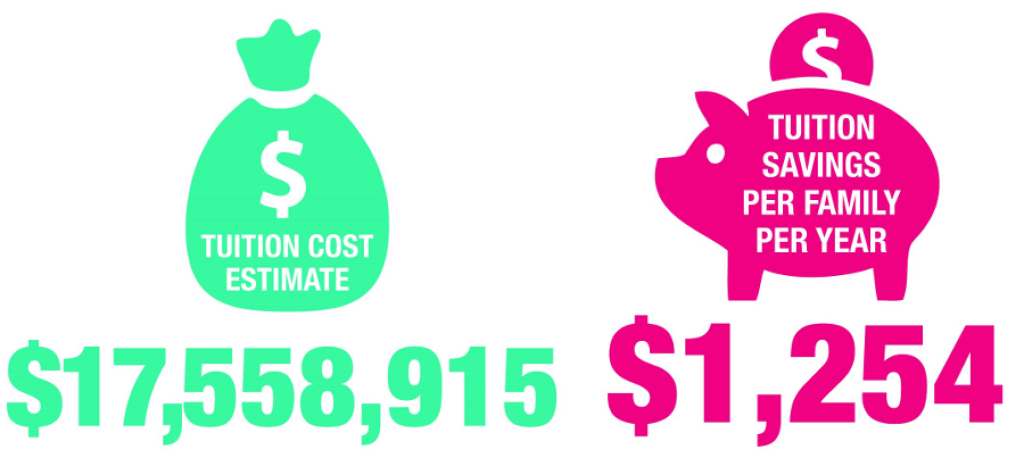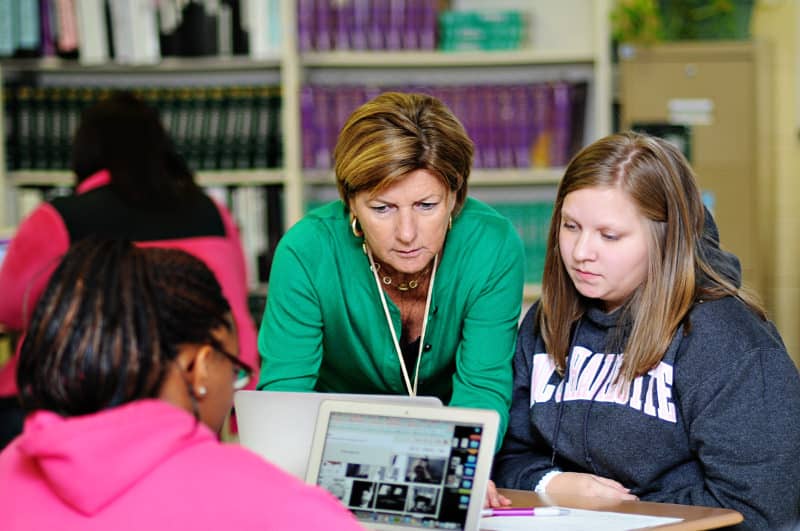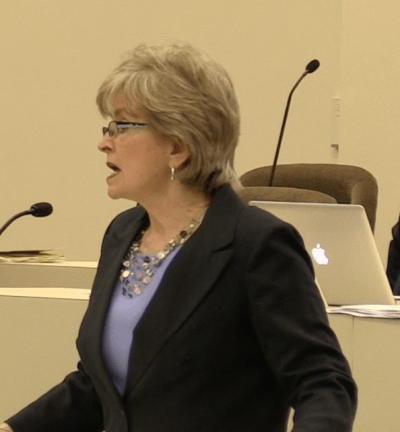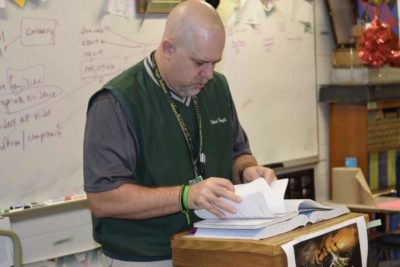What role should schools play in improving the rural quality of life?
That’s the question posed in a recent article in The Atlantic, which highlighted the struggles of widespread poverty, limited opportunity, and low college-attendance rates among students in rural towns. As a partial answer to the question, the reporter shared hard-earned successes at Alvin C. York Agricultural Institute, an innovative high school in rural Tennessee near the Kentucky border.
York Institute was established by its namesake in 1937. Alvin C. York was a war hero with only nine months of schooling who “wanted to prove Tennessee’s rural youth could accomplish anything given a proper education.” But in recent years, the school has struggled to stay open due to severe funding cuts from the state.
As NC New Schools/Breakthrough Learning partners with more schools and districts across rural America, we share Mr. York’s belief in the powerful effects of learning. But the definition of “a proper education” has changed a lot since 1937. Today’s rural students need more than what schools have traditionally offered. They need a rigorous curriculum, access to higher education, and work-based learning opportunities to be prepared for success – and Phil Brannon, York Institute’s current superintendent, agrees.
In order to provide students with greater opportunities in recent years, York Institute has partnered with Roane State Community College, which established a temporary campus near the school, to offer three classes for high school students. The school covers the cost of the first class and half of it for the second, while students pay for the third one. Partnerships with local industries also provide vocational opportunities so that students graduate ready for technical jobs or eligible to take licensure exams.
We see students benefit from the same types of partnerships in our network of innovative rural schools, first in North Carolina and now expanding to Illinois, Indiana, Mississippi, and South Carolina. Dual-enrollment classes offer much-needed rigor for students, while connections to business and industry give students and teachers connections to future careers. Instead of believing opportunity happens only to people who leave rural towns, students are able to see a successful future closer to home and become contributors to creating a more prosperous community.
These advantages extend beyond the individual student experience to impact families in very tangible ways. In 2014-15, students across our network saved more than $17 million by earning over 145,000 college credit hours while still in high school — that’s an average savings of more than $1,200 per family in one year, real savings that can impact an entire community.


Providing high school students the chance to take community college classes isn’t a panacea. But it’s an important piece of solving the rural education puzzle — and a great step toward making education a driver for success in rural communities.
This article originally appeared at the NC New Schools/Breakthrough Learning’s Future Ready blog and is reprinted here with the author’s permission.





